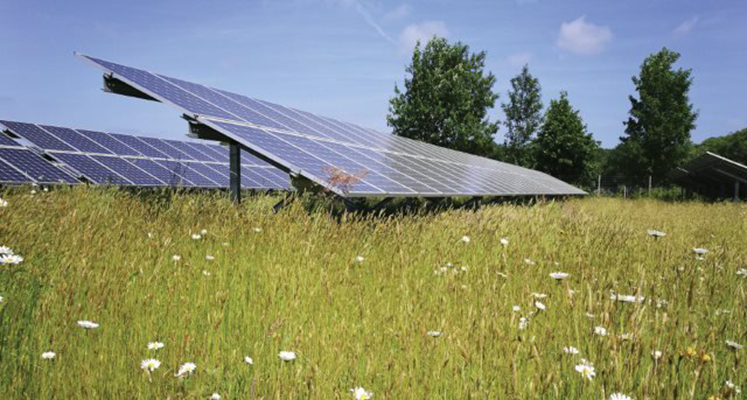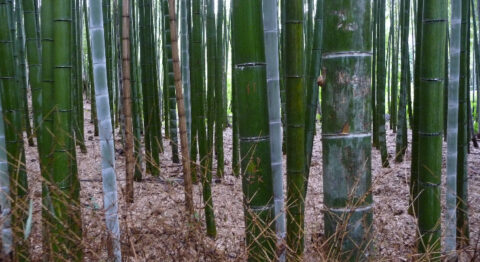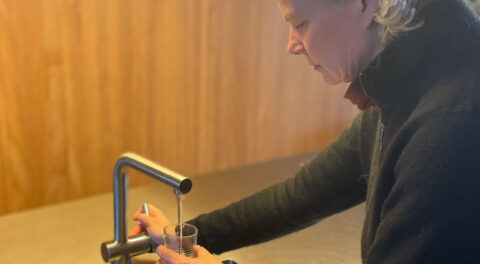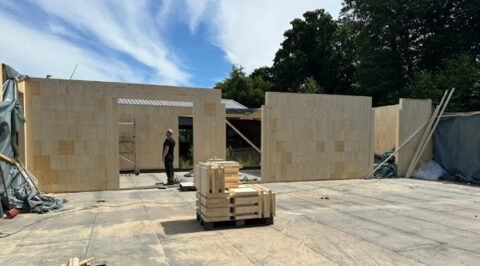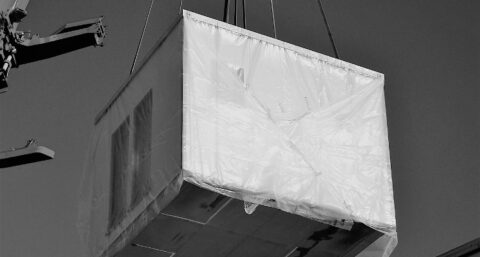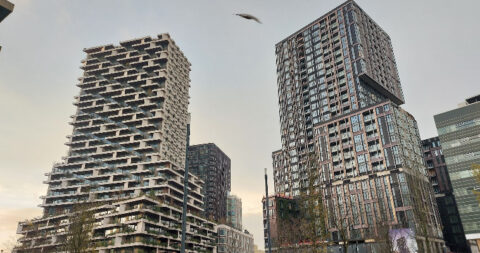A more ecological design of solar parks, characterized by more varied vegetation and shrubs, promotes biodiversity. This is according to a five-year study being conducted by the University of Groningen (RUG), in partnership with the province of Groningen and Novar, starting in 2022.
Over the past year, researchers have studied soil quality, vegetation, insects, mammals and birds in three extensive solar parks in Groningen and Drenthe. Initial results suggest significant opportunities for improvement in the ecological management of solar parks. Measures such as increasing the distance between solar panels, limited mowing of the grass between panel rows and allowing natural coarsening appear to have positive effects on biodiversity.
Higher numbers of mice and butterflies were found in the solar parks studied than in surrounding agricultural areas, and some bird species thrived better. These results suggest that solar parks can not only provide renewable energy, but also be a valuable contribution to nature.
Raymond Klaassen, the study's principal investigator, notes that the preliminary results are promising and challenge the conventional view that solar parks are detrimental to nature. With careful planning and management, solar parks can both generate green energy and support natural diversity. This is especially advantageous given the initial state of large-scale croplands, which offer few opportunities for natural habitats.
However, to optimally support some bird species that live in fields, it is necessary to increase the spacing of solar panels or make nearby areas more attractive. In addition, it is essential to prevent soil compaction during solar farm construction by using lighter machinery.
Not all species benefit from ecologically designed solar parks. For example, field birds such as the skylark remain absent. Final results of this study are expected by the end of 2027.
